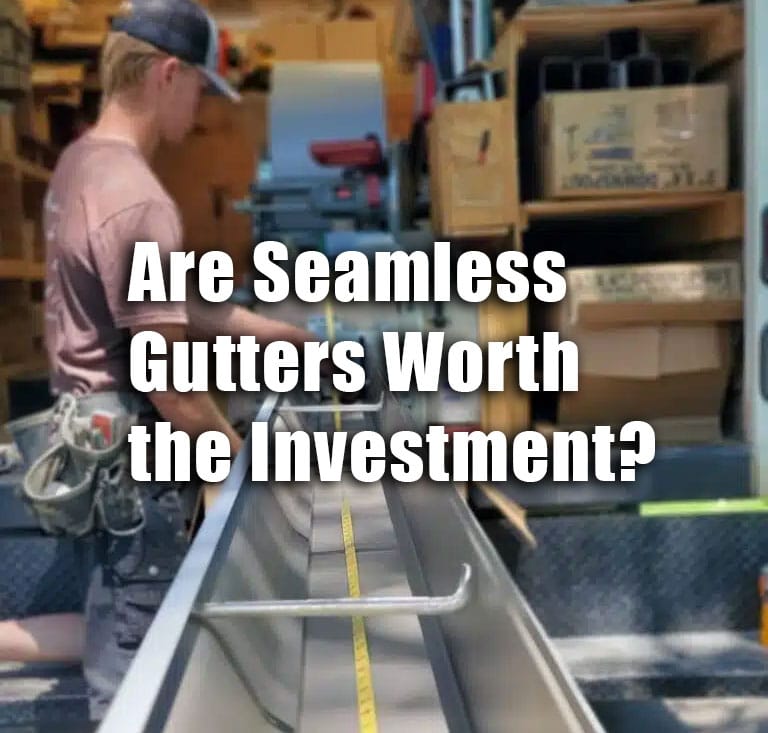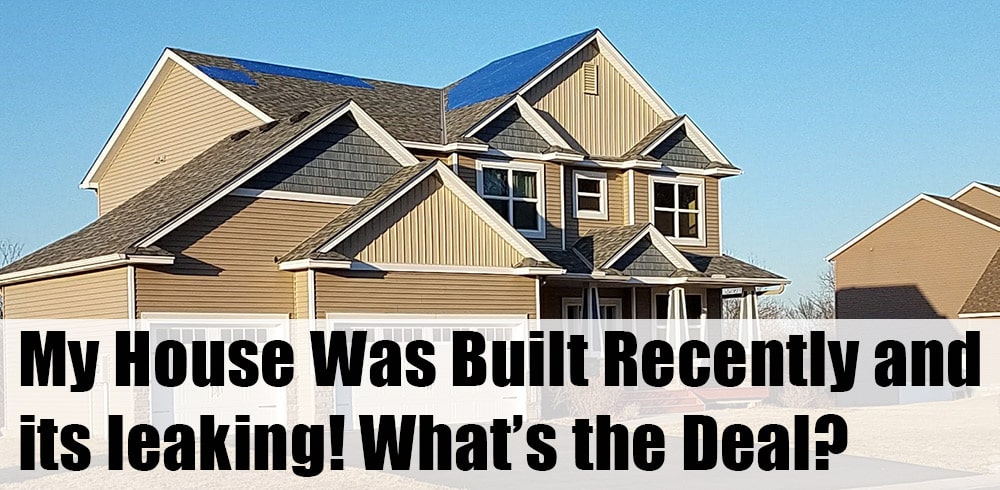Top 6 Siding Materials for Minnesota Homes: Pros and Cons

When it comes to updating or building a home, one of the most critical decisions you’ll make is choosing the right siding material. The right siding can make or break the physical aesthetic of your home. It’s one of the primary ways a home is protected from the weather. Siding also plays a role in energy efficiency. With so many options on the market, it can be overwhelming to decide which siding material is best suited for your home. If you live in Minnesota, here are the six main siding materials, along with their pros and cons.
RELATED: The Kingdom Builders Pros Recommended Siding Types
1. Vinyl Siding

Pros
- Affordability: Vinyl is one of the most budget-friendly siding options available.
- Low Maintenance: It doesn’t require painting and is easy to clean with a hose.
- Durability: Resistant to rot, insects, and moisture.
- Variety: Manufactured in many colors and styles, including traditional lap, shake, and board and batten.
- Repairs: Vinyl is the easiest material to work with on repairs. It’s not something people often think about, but repairs are a common issue our siding installation crew deals with daily. Vinyl is the simplest to repair.
Cons
- Appearance: Some homeowners feel that natural materials look better aesthetically than vinyl.
- Environmental Impact: Made from PVC, vinyl isn’t the most eco-friendly option.
- Temperature Sensitivity: Can warp in extreme heat or crack in freezing temperatures. Cracking in freezing temperatures happens when something hits it or is being worked on.
- Possible Replacement Mismatching: When a piece of siding is replaced, it may not match perfectly due to oxidation of the older pieces.
2. Fiber Cement Siding

Pros
- Durability: Resistant to fire, insects, and harsh weather conditions.
- Aesthetic Appeal: Mimics the look of wood or stucco but without the high maintenance.
- Longevity: Can last decades with proper care.
- Paintable: Allows for color customization.
Cons
- Cost: More expensive than vinyl and requires professional installation. There is also more waste involved with installation. This increases the material costs.
- Weight: Heavier material can increase labor costs.
- Maintenance: While durable, it will require occasional repainting or caulking.
- Vulnerability: Since it is a cement product, if water gets in anywhere, it can start breaking apart. This is common where it’s close to the roof or ground level. We recommend against fiber cement siding for our customers.
3. Wood Siding
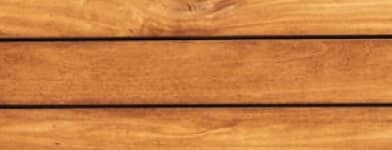
Pros
- Timeless Beauty: Offers a natural, warm appearance that’s hard to replicate.
- Customizable: Can be stained or painted in virtually any color.
- Eco-Friendly: A renewable resource, especially when sourced sustainably.
Cons
- Maintenance Intensive: Requires regular painting, staining, and sealing to prevent rot and insect damage.
- Cost: High material and maintenance costs.
- Vulnerability: Susceptible to fire, pests, woodpeckers, and moisture damage. Doesn’t last as long as other options.
4. Metal Siding
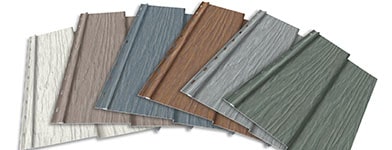
Pros
- Durability: Highly resistant to fire, pests, and rot.
- Modern Aesthetic: Popular for contemporary and industrial-style homes.
- Low Maintenance: Doesn’t require painting and resists fading.
Cons
- Cost: Higher upfront investment.
- Dent-Prone: Can be damaged by hail or heavy impacts.
- Noise: May amplify the sound of rain or hail unless properly insulated.
- Repairs: Difficult to do repairs on. Sometimes, we have to remove the siding from the wall till we reach the damaged piece.
5. Engineered Wood Siding

Pros
- Real Wood Look: Provides the look of real wood at a lower price point.
- Durability: Resistant to rot, insects, and harsh weather.
- Low Maintenance: Pre-finished options require minimal upkeep, but you may need to paint them eventually.
- Eco-Friendly: Often made from sustainable materials.
Cons
- Installation: Requires professional expertise to avoid issues like moisture damage.
- Cost: While less expensive than wood, it’s pricier than vinyl.
6. Composite Siding
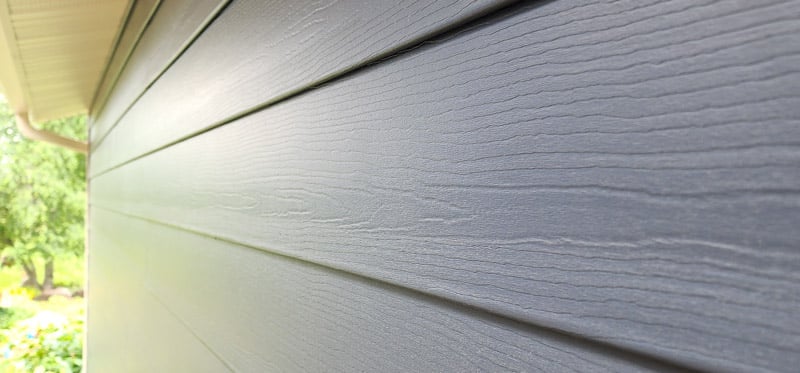
Pros
- Durability: Resists dents and dings, has flame retardants, and is water-resistant
- Low Maintenance: Virtually maintenance-free, no painting, resists fading even with dark colors.
- Insulation: Has an R-Value of 2.0 for energy-saving benefits
- Modern Aesthetic: Looks and feel of authentic 7″ flat-faced cedar mill grain plank, 20 fade-resistant colors. Board and Baton is now available.
Cons
- Accessories: Trim pieces are vinyl
Recommendations Based on Climate and Style

- Cold Climates: Engineered wood and Composite perform exceptionally well in areas prone to freezing temperatures and moisture.
- Warm Climates: Vinyl, engineered wood, composite, and metal siding can handle high heat and resist warping or cracking.
- Modern Homes: For sleek, contemporary looks, consider engineered wood or composite siding.
- Traditional Homes: Vinyl or engineered wood can offer a classic look with modern durability.
- Eco-Friendly Builds: Engineered wood is an excellent choice. One manufacturer, LP Smartside, ensures that 99% of the logs delivered to its mills are either used in its products or repurposed as renewable energy during the manufacturing process.
Summary
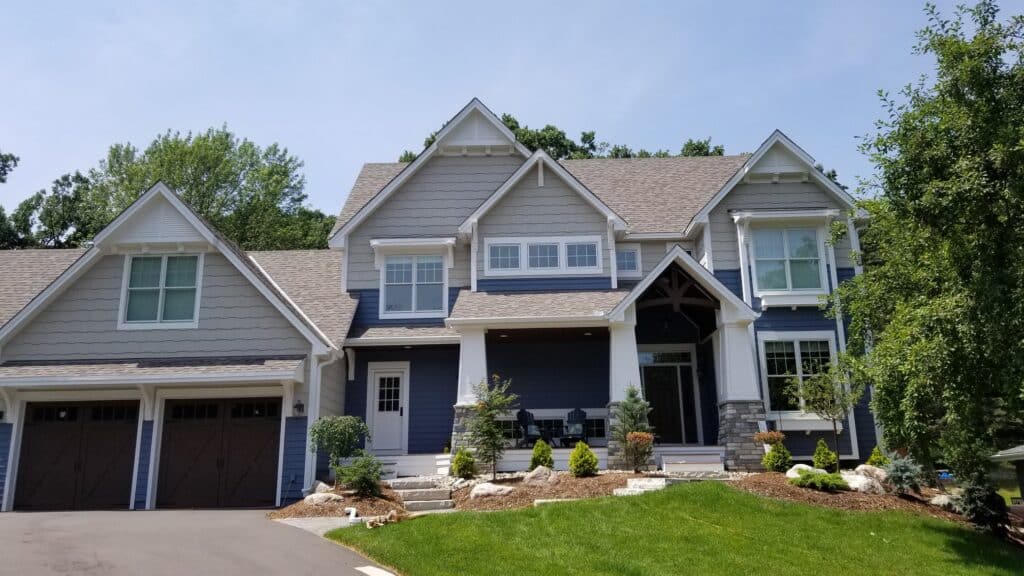
No matter your climate or design preference, The Kingdom Builders can guide you in selecting the best siding material for your home. Our team’s expertise, combined with trusted brands and attention to detail, ensures a seamless and satisfying home exterior transformation. Contact us today to learn more about your options and start your next project!
Josh Clark
Josh Clark is a Project Manager for The Kingdom Builders. He has over a decade of experience in the roofing industry, overseeing crews, scheduling projects, and doing marketing efforts.


